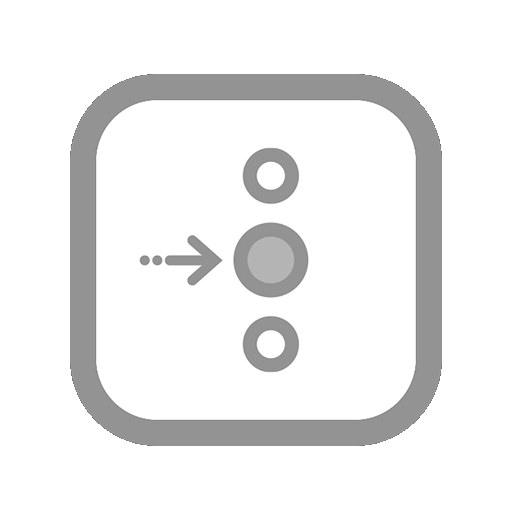- Identify patient; explain purpose and procedure. If you know that the patient will leave surgery with a drain to the autologous device, tell him this beforehand.
- Decreases anxiety; meets patient's right to be informed; encourages cooperation and participation.
Perioperative Blood Donation Using a Davol System 
- Open the transfusion unit onto the sterile field. The physician/prescriber inserts the drain tube from the patient to the connecting tube of the unit.
- Follows protocol.
- The physician/prescriber injects 25 to 35 mL of ACD or CPD into the injection port on top of the filter and wets the filter with anticoagulant.
- To prime tubing and keep the blood from clotting.
- Label the collection bag with the patient's name and the time the infusion was started.
- Ensures the reinfusion time is within standardized guidelines.
- After the patient arrives on the nursing unit, note the amount of blood in the bag on the appropriate document.
- Establishes and maintains an accurate record of blood collection.
- Attach the tube from the suction source to the port on the suction control module and adjust to between 80 and 100 mm Hg on the wall regulator.
- Higher suction can cause problems, such as the collection bag to collapse, causing lysis of blood cells and unsafe to reinfuse. Lower than 80 mm Hg suction results in no blood collection.
- If less than 200 mL is collected in 4 hours, record on the appropriate document, discard, and switch from the collection container to a closed-wound suction unit, such as a Hemovac.
- Because only 200 mL was collected within the 4-hour period, the proportion of anticoagulant (inserted in the operating room) to blood is too great to infuse.
- If 500 or more mL of blood is collected in the first 4 hours, connect a new autologous transfusion unit to the patient, then reconnect to suction, monitor patient, and record.
- Enough blood is collected within 4 hours to reinfuse to the patient, if ordered by the doctor.
- Prime the blood filter with 500 mL of normal saline solution.
- Priming the blood set is an INS standard procedure.
- Twist the suction control module to remove it.
- It is not needed for blood reinfusion.
- Remove the hanger assembly from the collection bag; pull the clear cap from the top of the bag and discard the cap and filter.
- Removing unnecessary equipment to prepare for reinfusion.
- Insert a spike adapter into the large port on top of the bottle.
- To prepare for reinfusion.
- Remove the protective seal to expose the filtered vent.
- To follow protocol.
- Attach the blood to the Y-connector of the blood filter; invert the bag and hang it
- Ensures correct equipment is used to reinfuse blood.
- Obtain vital signs and document them.
- Establishes a baseline to compare to later.
- Begin the infusion, following your facility's policy and procedure. This will include that the T, P, R, and BP and clinical status of the patient should continue to be assessed and recorded every 15 minutes for the first hour and then every 30 minutes until completion of the transfusion
- To compare to baseline vital signs and pre-infusion clinical status.
- Be sure to complete the infusion within 2 hours. At completion of the blood transfusion, turn off flow control on “Y” section leading to blood bag and open the flow control to the 0.9% sodium chloride solution. Flush the blood administration tubing until a light pink fluid is noted.
- Follows standard time for blood reinfusion. Flushing blood tubing with sodium chloride solution ensures that patient receives all of blood.
- If no further blood is to be transfused, change tubing or cap IV line with prn adaptor.
- IV site can be maintained for further use. Blood tubing should be utilized only for transfusion of blood.
- Dispose of blood container and tubing according to agency protocol.
- Blood container can be discarded in contaminated waste (check protocol of agency).
- Remove gloves and wash hands.
- Prevents transmission of infectious microorganisms.
- Reposition patient as needed.
- Patient comfort.